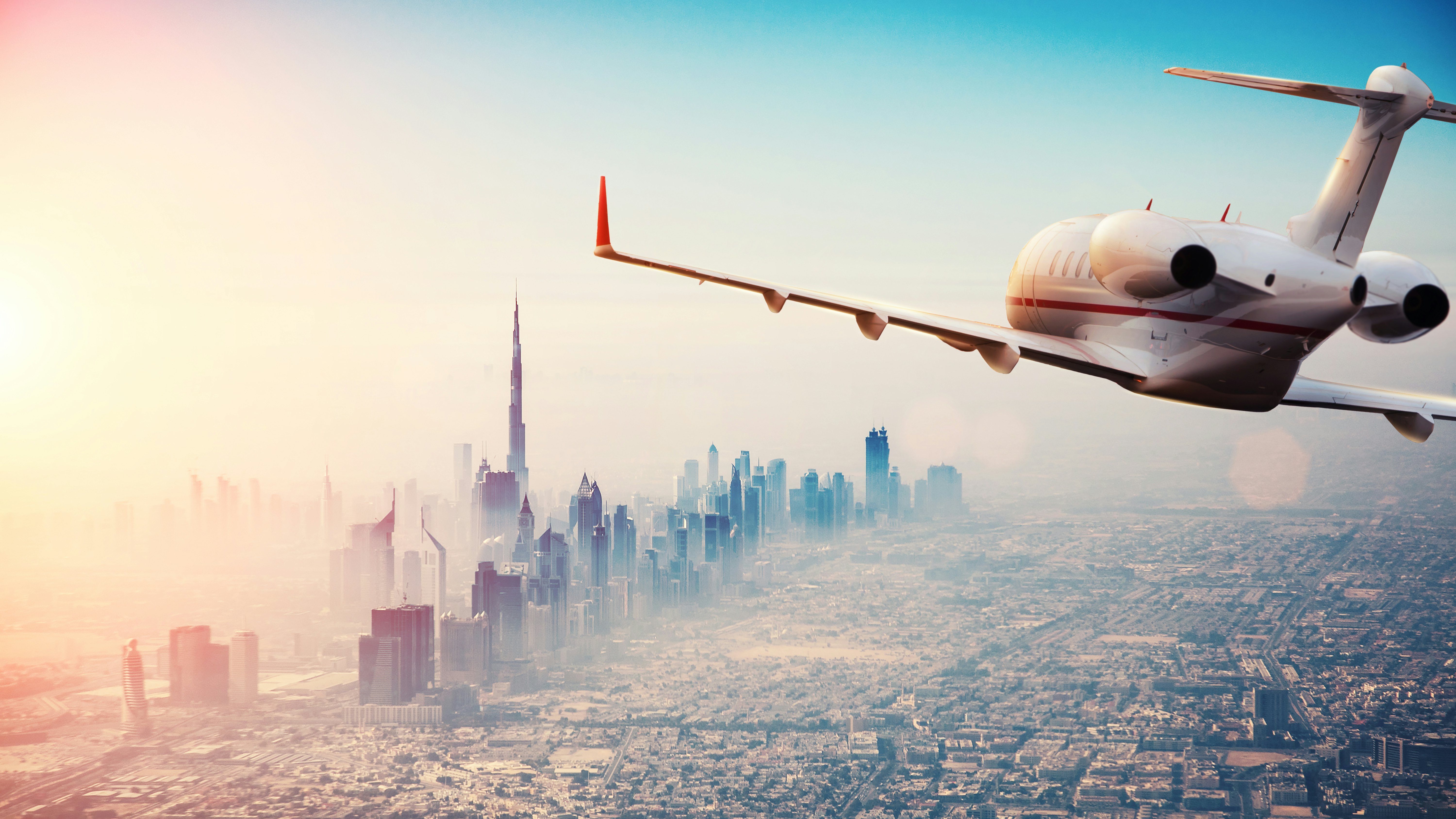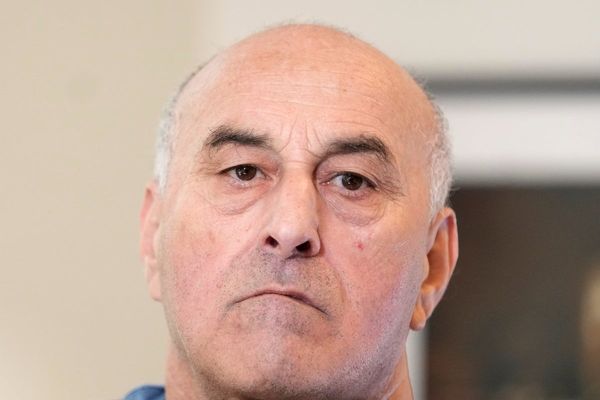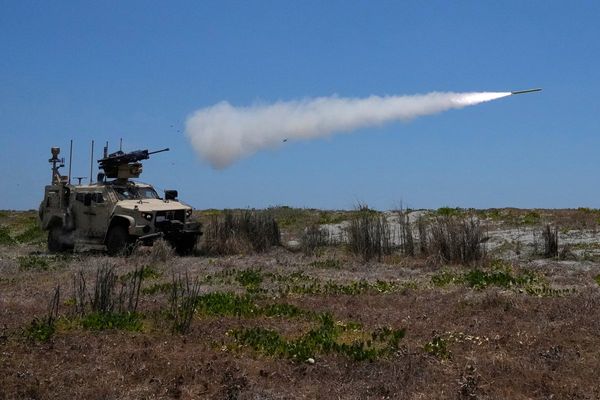
On Sunday, Elon Musk reiterated his support for the development of an electric jet, hinting at the CEO's long-held ambition to produce a zero-emissions flying machine.
Specifically, the Tesla CEO wrote on Twitter: "there should be a new supersonic jet, this time electric."
The post was in response to a tweet from the "World of Engineering" account, which commemorated the anniversary of Concorde's last commercial flight 17 years ago. The joint British-French plane was an engineering marvel in its time, with a cruising speed of 1,350 mph, traveling from New York to London in under three hours.
The post harkens back to Musk's oft-hinted-at plans to develop an electric jet. His apparent ambitious date back to at least 2008, and even surfaced in his cameo in the 2010 film Iron Man 2, Musk has not formally announced any plans to create a flying machine himself.
Tesla's Battery Day event last month gave some clarity on a way forward for the project. One of the biggest hurdles, outlined by Musk in September 2018, is creating a battery with enough energy density to enable a plane to take off. While the Tesla Model 3 has a battery somewhere around 250 watt-hours per kilogram, Musk suggested an electric vertical-takeoff-and-landing vehicle would require around 400 watt-hours per kilogram. The ideal figure would be somewhere around 500 watt-hours per kilogram.
The biggest signal that an electric jet is on Musk's mind came during the question-and-answer session at the event. Tesla plans to produce its own batteries, which could deliver a 54 percent jump in battery range for electric cars and a 56 percent drop in price per kilowatt-hour. Although Musk didn't explicitly outline density in the main talk, he later suggested that Tesla could reach that figure at a later date:
"There are batteries in limited production right now that do exceed 400-watt hours per kilogram, which I think is about the number you need for decent range, medium-range aircraft. And I think our batteries will, over time, start to approach the 400 watt-hours per kilogram range as well."
A month prior, Musk had posted that such a battery could enter volume production in "probably three to four years."
Musk said as far back as 2015 that he "a design in mind," but it's unclear what the Tesla plane could look like. In 2018 he said: "the exciting thing to do would be a vertical takeoff and landing supersonic jet of some kind," suggesting he's focused on a high-speed design that wouldn't need the long runways of current jets. Musk also responded to concept art in June 2020 of a possible Tesla electric plane, which looked something like a manta ray, writing that it "looks pretty cool."
The Inverse analysis – Musk's latest comments suggest he's still interested in an electric jet. In reality, it's probably not going to arrive for a very long time – and it's unclear whether the electric car company Tesla would go as far as to enter the aviation business itself.
Musk noted in 2018 that cars and clean energy were both bigger priorities than aviation, and it's easy to see why. Aviation only accounted for around 2.4 percent of global carbon dioxide emissions in 2018, according to the Environmental and Energy Study Institute. But the World Resources Institute found that transport accounted for around 24 percent of carbon dioxide emissions in 2016, and around 72 percent of transport emissions come from roads.
Getting fossil-fuel cars off the road makes sense as Tesla's current focus – but with Musk displaying a slide at Tesla's recent Battery Day encompassing all forms of global energy use, the firm seems to have much grander goals in mind.







